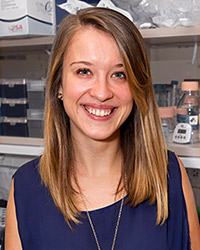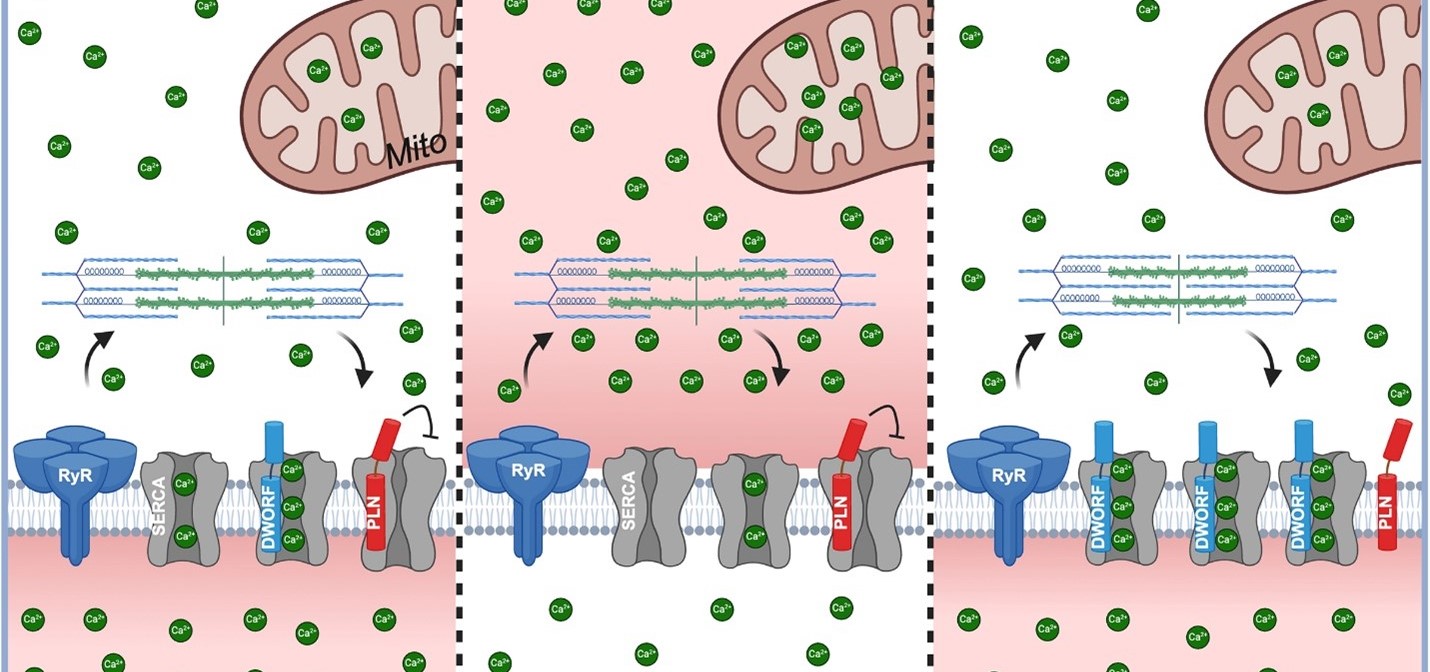Muscle Growth Can Be Pumped Only So Far
Research By: Alyssa Cramer, MS | Douglas Millay, PhD
Post Date: December 8, 2020 | Publish Date: Dec. 8, 2020

A pair of studies from experts at the University of Oslo and Cincinnati Children’s shed new light on how muscle fibers develop during early ages and the limitations that occur as muscles mature.
The studies were published Dec. 8, 2020, in Nature Communications.
One paper, led by Professor Kristian Gundersen and colleagues in Norway, reports that the size of skeletal muscle cells depends in large part upon the amount of DNA material they contain. However, the amount of nuclei added to the muscle cell through fusion does not keep pace with cell volume resulting in limit to how large the cell can become.
This dilution effect limits how much a fiber can grow, be it during childhood growth spurts or from strength training, the researchers say.
In the related paper, a Cincinnati Children’s team led by Douglas Millay, PhD, and Alyssa Cramer, MS, reported that, in mice, young muscle cells showed a capacity to adapt with fewer nuclei, which was lacking in older, mature muscle cells.
During early growth, the mouse muscle fibers with fewer nuclei were able to grow and support larger cytoplasmic areas in part due to an increased transcriptional return per nucleus. In adults, muscle growth relies on fusing more myonuclei suggesting the pre-existing myonuclei are unable to adapt.
“So there is a cost to multinucleation, and the price is paid at the level of individual nuclei where they possess limited output and flexibility,” Millay says. “This helps explain why adult muscle requires the fusion of muscle stem cells to grow and adapt.”
Further study of the molecular circuitry that drives the reserve capacity of muscle cells eventually could help researchers design novel strategies to maintain muscle mass, Millay says. Such strategies could be helpful in managing some of the effects of aging, improving response to exercise, and in treating diseases that cause muscle wasting.
| Original title: | Nuclear numbers in syncytial muscle fibers promote size but limit the development of larger myonuclear domains |
| Published in: | Nature Communications |
| Publish date: | Dec. 8, 2020 |
Research By








